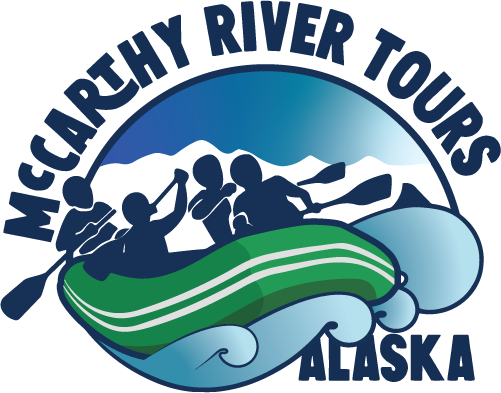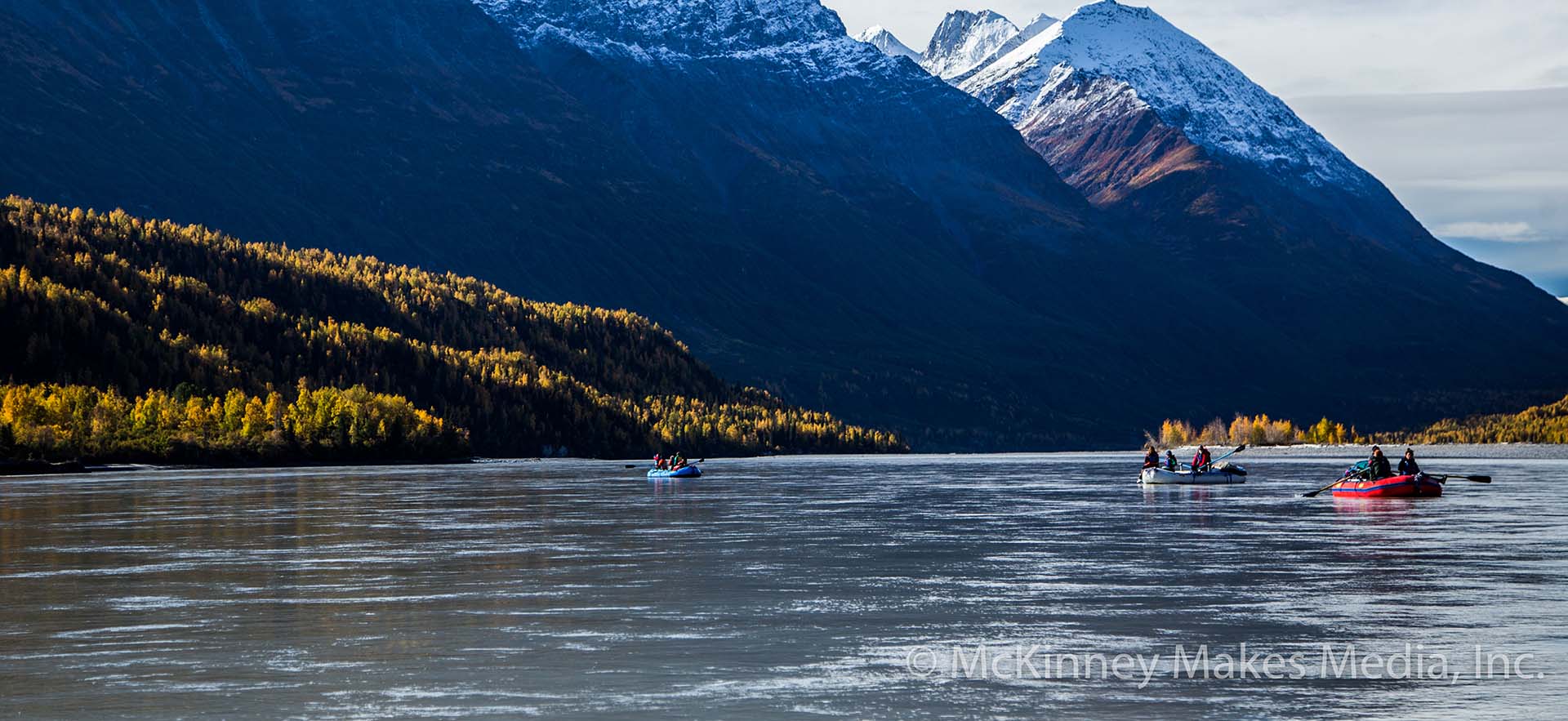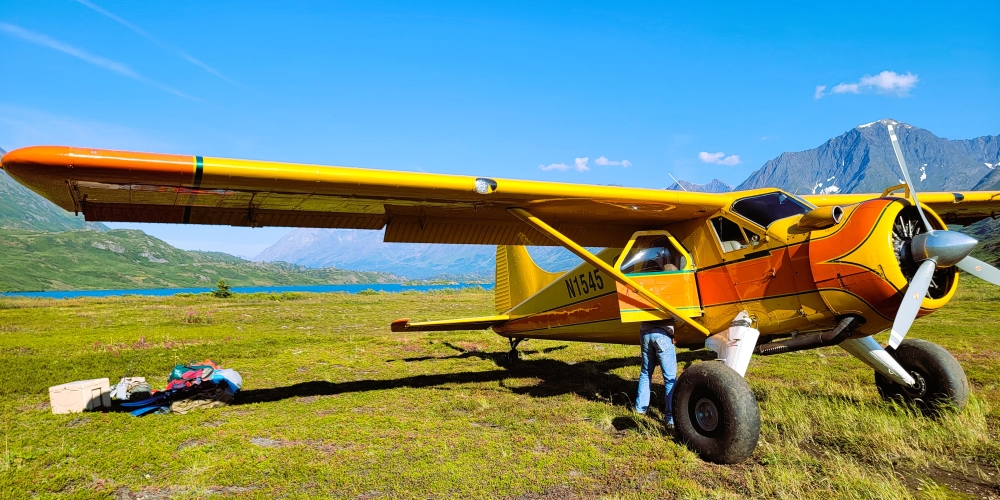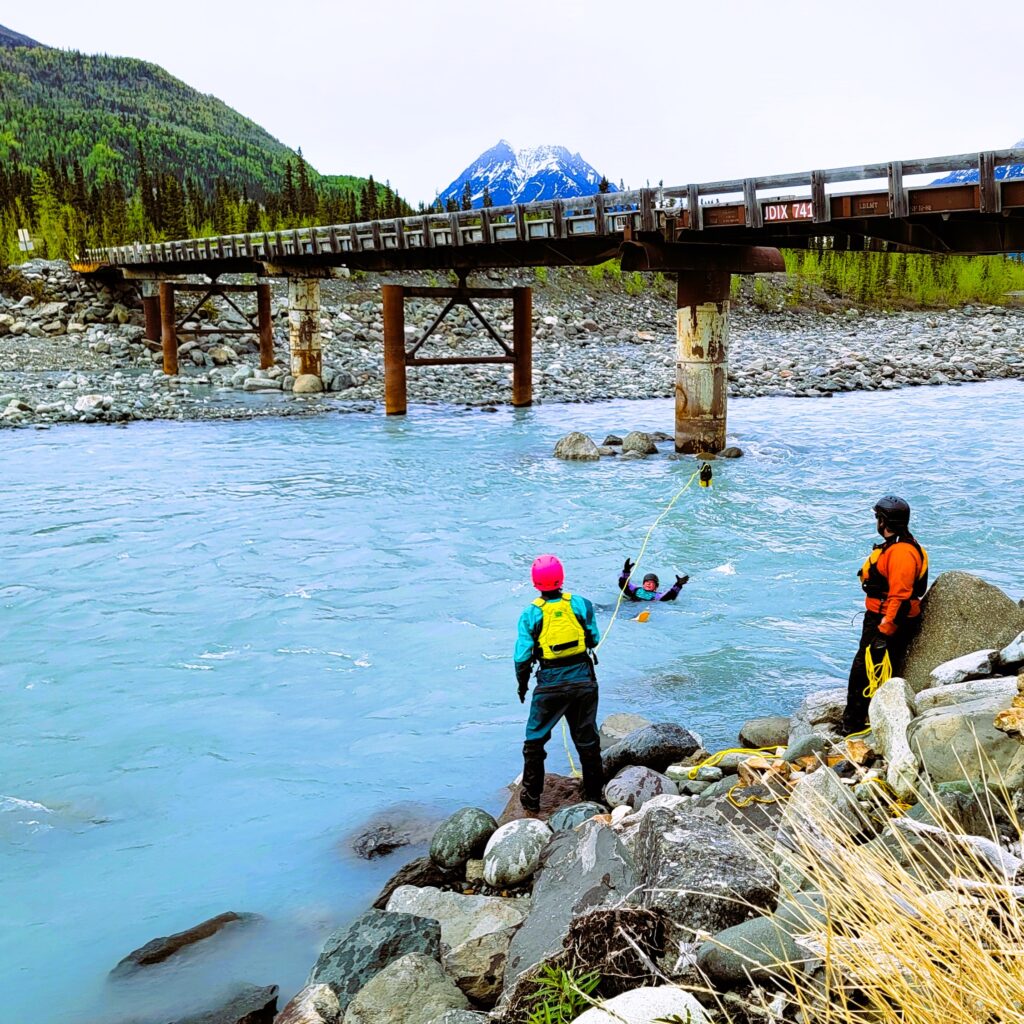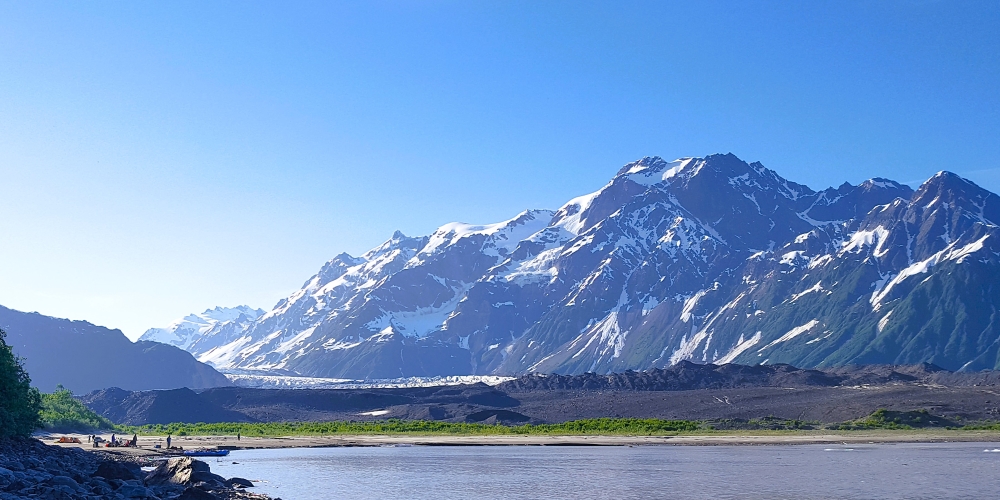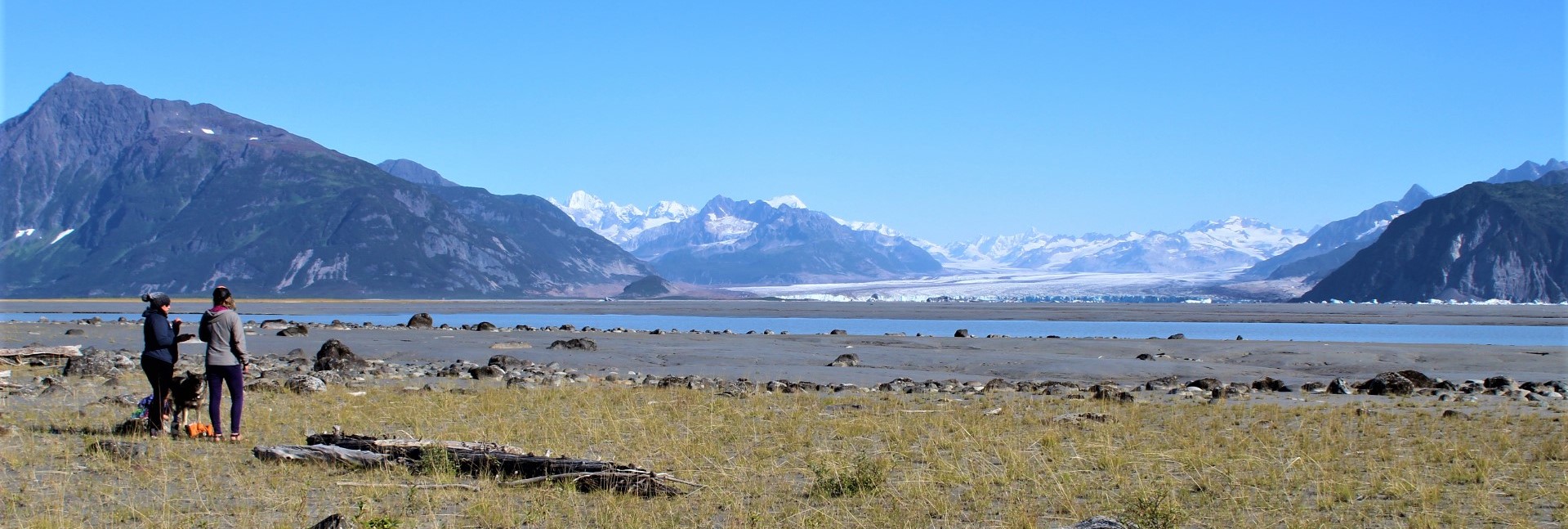
Safety First: Why Remote Alaska Adventures Demand Specialized Safety Standards
Beyond the Last Flight Out: Safety in Alaska’s True Wilderness
There’s a moment on every expedition into Wrangell St. Elias National Park that stops first-time visitors in their tracks. It’s not when they first spot the massive glaciers, or even when they suit up in professional-grade dry suits. It’s the moment the bush plane banks away, leaving nothing but wilderness in every direction. That’s when it hits you – you’re actually here, in America’s largest national park, where cell service is a distant memory and the nearest road is… well, let’s just say you won’t be hearing any traffic noise.
It’s precisely these moments of profound remoteness that draw people to Alaska’s backcountry. But here’s the thing – creating these life-changing experiences requires more than just pointing to a spot on a map and saying “let’s go there.” After 14 years of pioneering rafting routes in Wrangell St. Elias, we’ve learned that the most epic adventures happen when you’ve got the right foundations in place.
When “Wild” Really Means Wild
Let’s be real – this isn’t your typical “remote” adventure where you can still get DoorDash delivered to the trailhead. When we say remote, we mean remote. We’re talking about a place where the weather can swing from 80°F to 40°F faster than you can say “where’s my rain jacket,” and where the nearest help is measured in flight hours, not miles.
This is exactly why we geek out about safety. Not because we’re required to, but because we’ve spent decades exploring these rivers and glaciers, and we’ve learned a thing or two about what it takes to do it right.
The Gear Question: Why We Don’t Mess Around
Remember that friend who did a rafting trip in the Lower 48 and told you all about it? Well, they probably weren’t wearing a drysuit. When you’re dealing with water that was literally ice until about 20 minutes ago, standard gear just doesn’t cut it. That’s why we were the first outfitter in Wrangell St. Elias to make drysuits standard issue on all our trips.
Our guests’ reaction when they hear other companies don’t provide drysuits? Usually something along the lines of “Wait, what? In THIS water?” Exactly.
Here’s what we consider standard gear for our adventures:
- Professional-grade drysuits (because hypothermia is so last century)
- High-float life jackets (more float = more fun)
- Helmets on all water activities (your brain is kind of important)
- Satellite communication devices (because carrier pigeons are unreliable)
The Guide Factor: Experience You Can’t Google
Our guides aren’t just enthusiastic outdoors people who watched a few YouTube videos about rafting. They’re professionals who:
- Know the difference between every type of glacial ice (and love talking about it)
- Can read river conditions like most people read their morning news
- Have more wilderness medical training than some EMTs
- Actually live here and know the area’s mining history, geology, and wildlife patterns
We were also the first to establish a comprehensive Swiftwater rescue training program in the park over a decade ago. Today, we help train local search and rescue teams and emergency services – because when you’re this remote, everyone needs to know their stuff.
What This Means For Your Adventure
Here’s what safety actually looks like on a McCarthy River Tours trip:
- Pre-Trip Planning: We monitor everything from weather patterns to glacier movement (yes, they move – faster than you’d think these days).
- Orientation That Matters: We’ll teach you what you need to know without turning it into a college lecture. You’ll learn:
- How to work with your gear (it’s designed for comfort, not fashion)
- What to do in various situations (including bear encounters – they’re our neighbors, after all)
- How to maximize your fun while minimizing risks
- Continuous Assessment: Our guides are always reading the river, weather, and conditions. They make it look easy, but that’s because they’ve been doing it for years.
Choosing Your Alaska Adventure Partner
When you’re researching outfitters for a remote Alaska adventure, here are some straight-talk questions to ask:
- What specific safety gear do they provide? (If drysuits aren’t standard in glacier-fed rivers, keep shopping)
- What’s their guide training program like? (A weekend course doesn’t cut it)
- How long have they been operating in the area? (Experience matters when you’re multiple hours from the nearest hospital)
- What’s their approach to weather delays? (Hint: “We go no matter what” isn’t always the right answer)
The Bottom Line
Look, we take safety seriously – but we’re not the fun police. Our extensive preparations and protocols exist for one reason: so you can fully embrace the adventure of being in one of the wildest places left on Earth. Because when you’re standing on a glacier, watching a river carve through mountains, or seeing a bear in its natural habitat, the last thing you should be thinking about is whether you’re in good hands.
You came to Alaska for an adventure. We’re here to make sure it’s an epic one – and that you go home with stories to tell, not lessons learned the hard way.
Ready to experience Alaska’s wilderness the right way? Check out our trips and see what real remote adventure looks like.
McCarthy River Tours has been pioneering safety standards in Wrangell St. Elias National Park for 14 years. From introducing drysuit protocols to establishing the region’s first Swiftwater rescue training program, we’re committed to leading the way in remote adventure safety.
